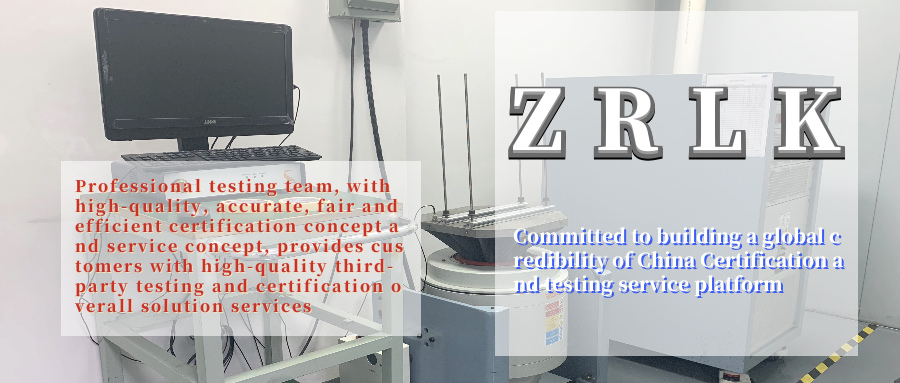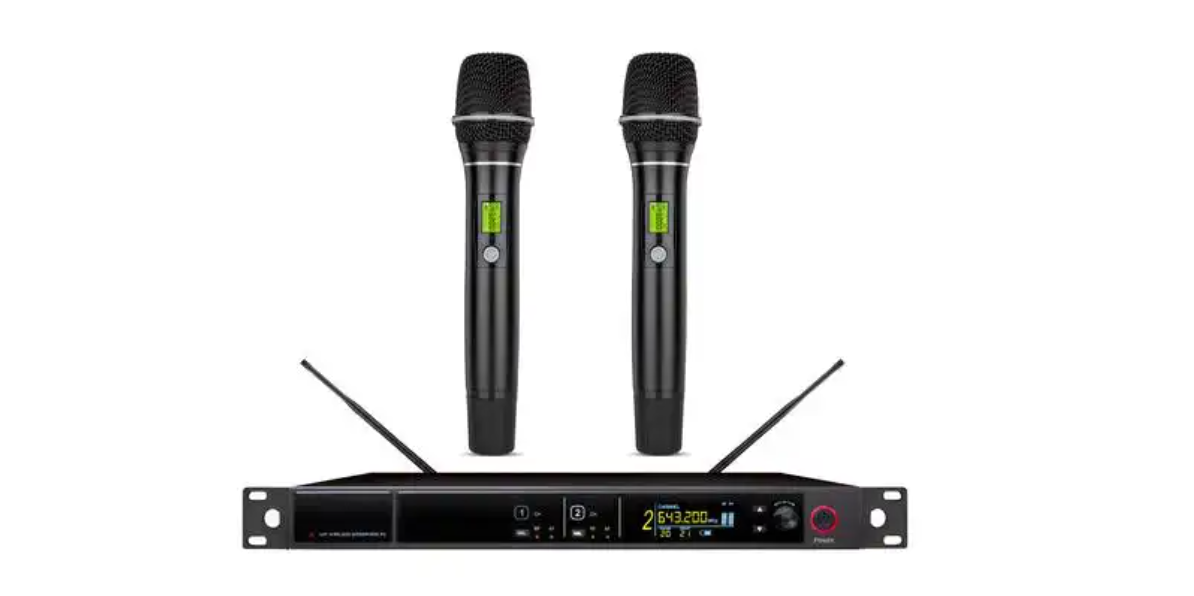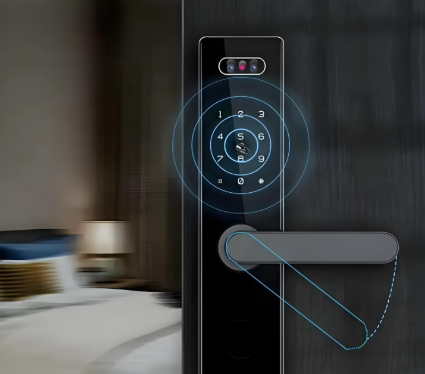
basic introduction
Toys usually refer to products designed or provided for children under 14 to play and use. According to the material, it can be divided into plush toys, plastic toys, wooden toys, metal toys, etc.; according to the function, it can be divided into electric toys, sound toys, ejection toys, and water toys; according to the purpose, it can be divided into dress-up toys and educational toys. , Sports toys and science and education toys, etc.
For the quality and safety control of toy products, countries and regions around the world have formulated different standards and limit requirements. We can provide testing services that meet various international regulations according to customer market requirements. The standard testing capability covers the national or regional standards of mainstream markets such as Europe, North America, Japan, and emerging economies such as Brazil, Russia, the Middle East, and Australia. It also has comprehensive national standard testing capabilities.
Common toy export regulations
Test items | Europe | United States | Canada | Australia New Zealand |
Conventional toys need to meet | ||||
Physical and mechanical properties | EN 71-1 | ASTM F963,CPSC | CCPSA SOR/ 2011-17 | AS/NZS ISO 8124-1 |
Flammability | EN 71-2 | ASTM F963, CPSC 16CFR 1500.44, CPSC 16CFR 1610 | CCPSA SOR/ 2011-17 | AS/NZS ISO 8124-2 |
Chemical properties | EN 71-3, | ASTM F963, | CCPSA SOR/ 2011-17 | AS/NZS ISO 8124-3 |
Plush toys also need to meet | ||||
Fill material cleanliness (visual inspection) | EN 71-1 | ASTM F963, | CCPSA SOR/ 2011-17 | AS/NZS/ISO 8124-1 |
Fill material cleanliness (chemical analysis) | -- | Pennsylvania Regulation for Stuffing Cleanliness | -- | -- |
Cleaning and cleaning requirements | 2009/48/EC, EN 71-1 | -- | -- | -- |
Electric toys also need to meet | ||||
Electrical Safety | EN 62115 | ASTM F963 Section 4.25, CPSC 16CFR 1505 | CCPSA SOR/ 2011-17, CSA C22.2 | IEC 62115 |
Remote control toys also need to meet | ||||
Electromagnetic Compatibility | EMC 2004/108/EC | FCC Part 15B | ICES-003 | AS/NZS CISPR 14.1 |
Radio frequency | R&TTE 1999/5/EC | FCC Part 15C | RSS-210, RSS-310 | AS/NZS 4268 |

SRRC certification is one of the necessary conditions for products to enter the Chinese market for sale. It ensures that the wireless transmission characteristics of the wireless camera comply with national standards, avoiding communication problems caused by radio interference and ensuring the legality and compliance of the product.

FCC certification is a mandatory requirement for wireless device certification in the US market. Through FCC ID certification, wireless microphones can prove their compliance with US radio transmission standards, avoiding market bans or fines for violations. This is particularly important for products that hope to be sold in the US market.

KC certification ensures that products comply with relevant laws, regulations, and safety standards in South Korea, and is a necessary condition for smart door lock products to enter the South Korean market. KC certification covers wireless radio frequency, electromagnetic compatibility, and electromagnetic exposure. Strict testing and evaluation are required to obtain KC certification before products can be legally sold in the Korean market and gain consumer trust.
Toys usually refer to products designed or provided for children under 14 to play and use. According to the material, it can be divided into plush toys, plastic toys, wooden toys, metal toys, etc.; according to the function, it can be divided into electric toys, sound toys, ejection toys, and water toys; according to the purpose, it can be divided into dress-up toys and educational toys. , Sports toys and science and education toys, etc.
Get a quote